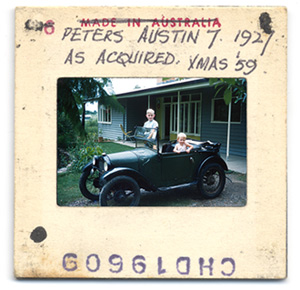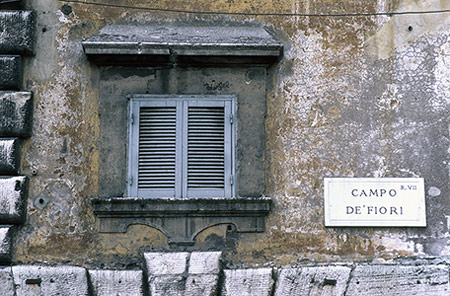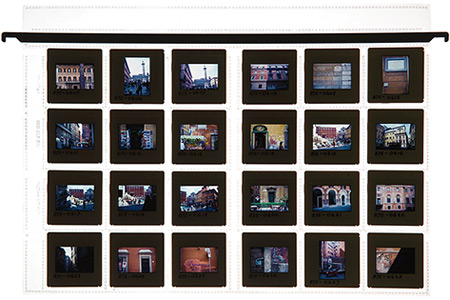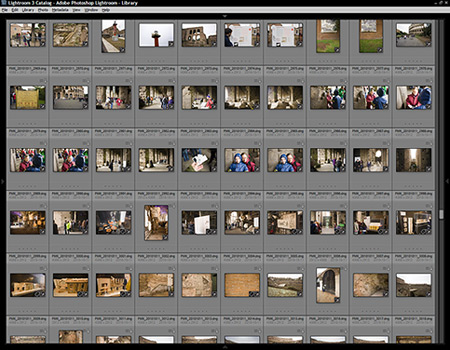Marking time in December 2010
Ah, Kodachrome…
I haven’t shot any Kodachrome for years, but I feel a slight sadness knowing that I’ll never be able to do so again. Kodak stopped selling the film a year ago, and the last Kodachrome lab in the world (Dwayne’s Photo Service, in Kansas) will stop processing the film in the next few days. This marks the end of a long run—since 1935—for a film that was noted for its sharpness, colour fidelity and archival stability.

For Christmas 1962 my parents gave me my first serious camera (an Olympus Pen) and a roll of Kodachrome II film. With that camera I mostly shot black and white negative film which I processed myself—with occasional rolls of Kodachrome kept for special events. I stayed with monochrome when I moved up to my first single lens reflex in 1966 and through my student days. As a working architect Kodachrome was my first choice for presentations, though I often had to resort to Ektachrome which could be processed by several local labs in a few hours. I chose Kodachrome for the most important subjects, like trips to Singapore and Indonesia in 1992, and to the UK and Italy in 1996.

Colour slide film like Kodachrome was expensive, and it did not forgive inaccurate exposure. I learned to pay close attention to the light meter, and to make informed judgements about shutter speed and aperture. It was better to let shadows go completely black than to risk blown out highlights. I learned a careful and deliberate style of working. On a visit to Rome with Margie in March 1996 I carried a Canon F-1 body and a couple of lenses, and shot 157 slides over 5 days (average: 31 shots per day). I still love to look at those Kodachromes spread out on the light-table, so precious and colourful.
I remember the anxiety of posting the exposed film in its mailer, and the pleasure of opening the box of mounted slides when it came in the post a couple of weeks later. These slides represent a time when the technology of photography was stable and mature. My film cameras and their lenses, after twenty years of service, were still the perfect tools for the job.

But the technology didn’t stand still. In 1998 I got serious about learning to use Photoshop, which then led to my abandoning the wet darkroom. My desktop film scanner had trouble with Kodachrome, so I changed over to Ektachrome and then colour negative film. In 2002 I bought a pocket digital camera to experiment with digital capture. By 2004 I was ready to try a digital SLR for a family sabbatical in New Zealand. After that experience, and some comparative testing, I decided to quit shooting film and concentrate on digital capture. My 2006-07 Australia-wide lighthouse survey was an all-digital project that produced 60 electronic format reports containing a total of 2,750 high-resolution images—I can’t imagine doing it with film.
Many of the skills and methods I had learned with Kodachrome have carried over to digital photography. Digital cameras give me immediate feedback, so I am now more confident that I have got the shot. With that feedback, and the negligible cost of shooting another frame, I tend to take more images than I did with film. I think that, on a good day, I can achieve better results—technically and aesthetically—with digital than with film. There is no doubt that the tools I now use for organising and storing images make a huge difference in the usefulness of my pictures.
In Rome in October 2010 I shot 920 images over 11 days with my Canon EOS 5D digital camera (average: 84 shots per day)—more than in the time of Kodachrome, but still a moderate output compared with professional news or sports photographers.

Postscript 31 December 2010: Just seen—an article in the New York Times, and a newsreel on CBS News.